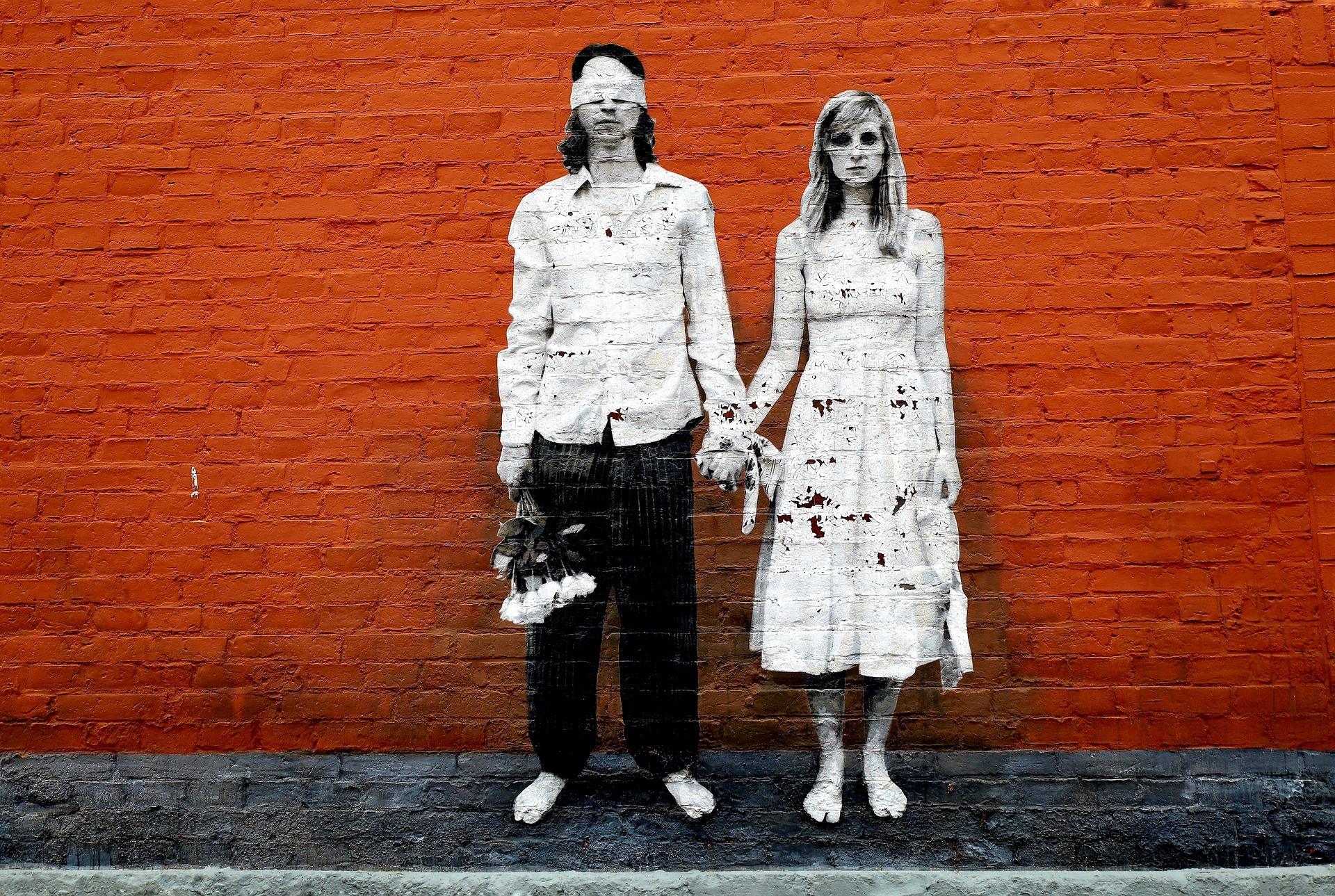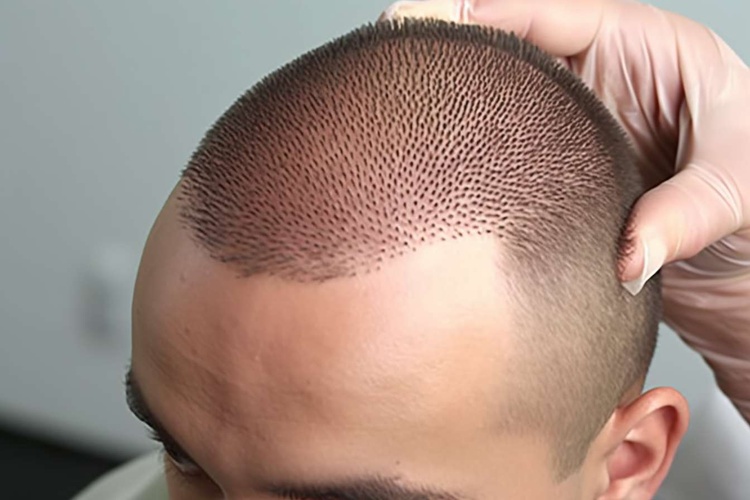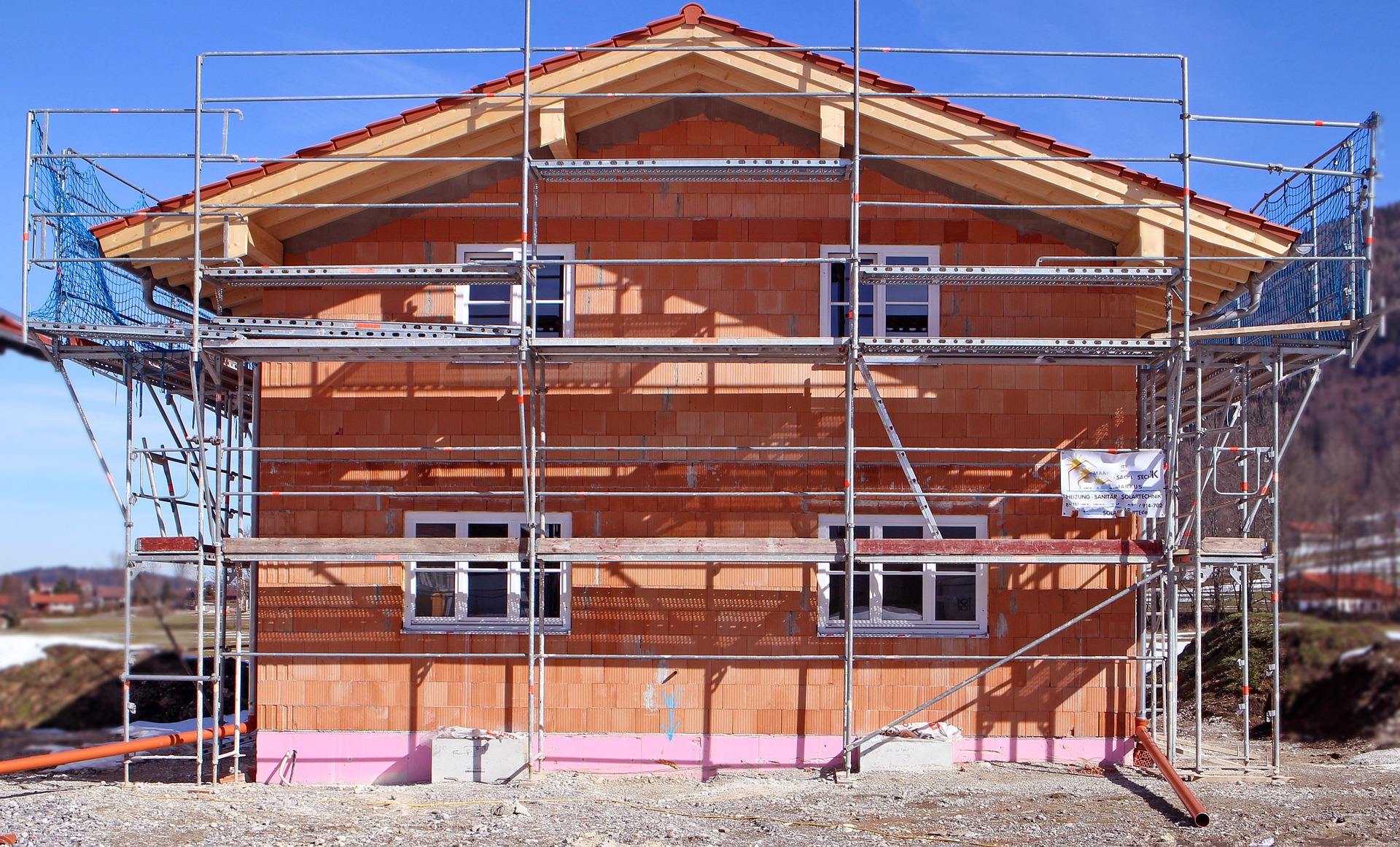**Illuminating the Artistic Undercurrents of Virtual Reality**
Introduction: Dive into the captivating world of virtual reality and its influence on the arts and entertainment industry. Discover the historical context, ongoing developments, and the profound impact of VR on creative expression. Virtual reality (VR) technology has roots dating back to the early 20th century with the introduction of panoramic murals. However, it wasn't until the 1960s that the concept of VR began to take shape. Morton Heilig, often regarded as the father of VR, introduced the Sensorama, a mechanical device that stimulated multiple senses, providing an immersive experience for the user.
The Current Wave of VR in Entertainment
Fast forward to the 21st century, VR has become a game-changer in the entertainment industry. The advent of advanced VR headsets and controllers has opened up new dimensions of storytelling and audience engagement. From VR films and music videos to immersive theater experiences, VR technology is transforming the landscape of entertainment.
The Impact of VR on Artistic Expression
VR has given artists a whole new canvas to paint on, allowing them to create immersive, 360-degree artworks. It has redefined the concept of art, breaking away from traditional boundaries and offering a unique, interactive experience for the audience. VR art installations have gained popularity worldwide, showcasing the potential of VR in revolutionizing artistic expression.
The Reception and Significance of VR in Arts and Entertainment
The integration of VR in arts and entertainment has been met with a mixed response. While some laud it as the future of entertainment, others express concern over its potential to overshadow traditional art forms. Despite the debate, the significance of VR cannot be denied. It has opened up new avenues for creative expression and audience engagement, reshaping the future of arts and entertainment.
The Future of Virtual Reality in the Arts
As VR technology continues to evolve, its impact on the arts is likely to deepen. Experts predict that VR will become an integral part of the entertainment industry, offering immersive experiences that blur the lines between reality and fiction. As artists continue to experiment with this medium, we can expect to see more innovative and awe-inspiring creations in the future.
In conclusion, the advent of VR has ushered in a new era in the arts and entertainment industry. With its ability to create immersive, interactive experiences, VR is redefining the boundaries of artistic expression. Despite the challenges and debates, the integration of VR in the arts holds immense potential, promising a fascinating future for artists and audiences alike.





